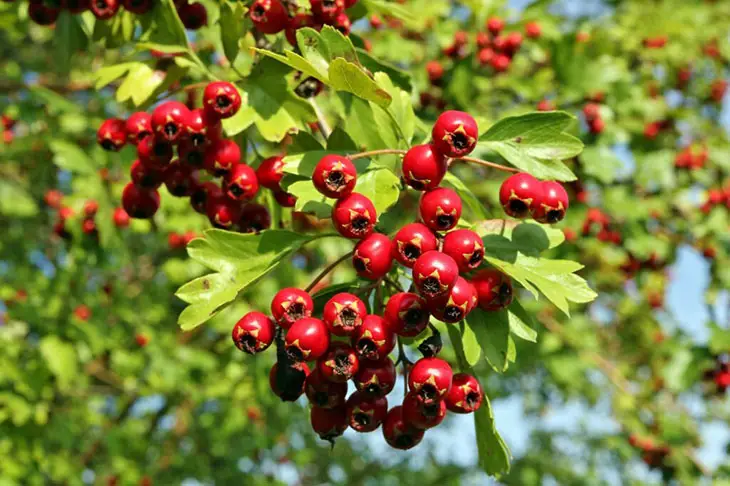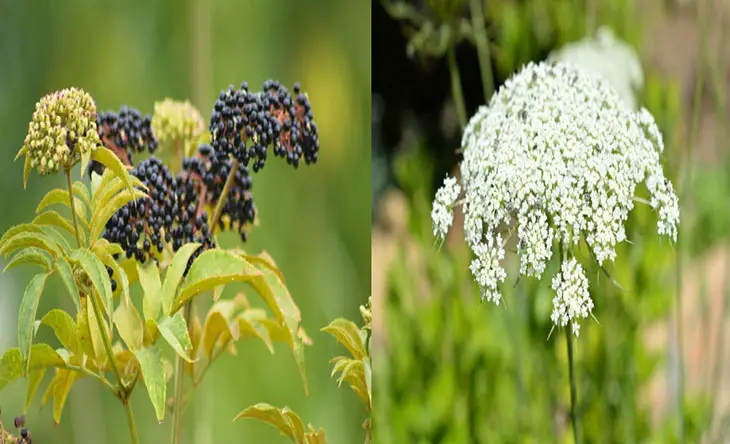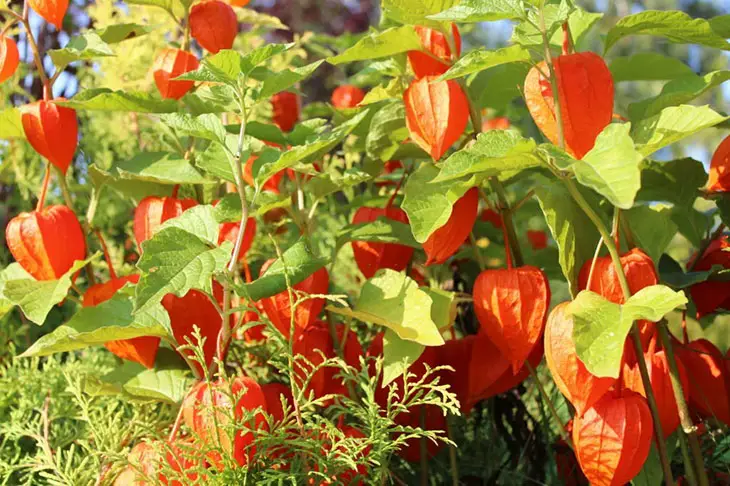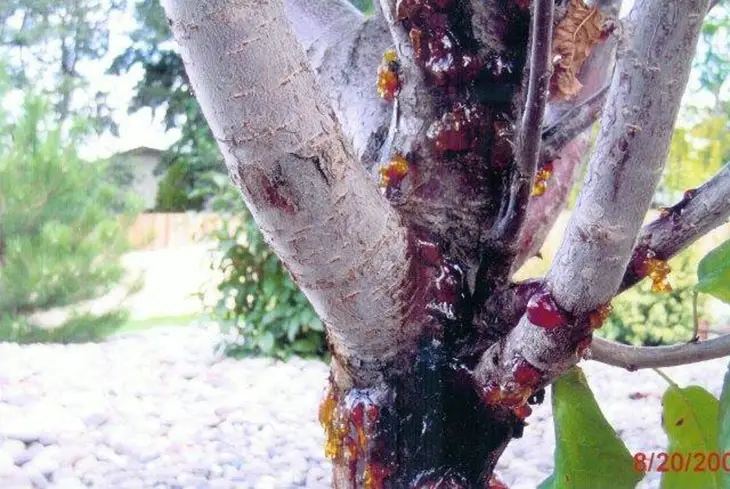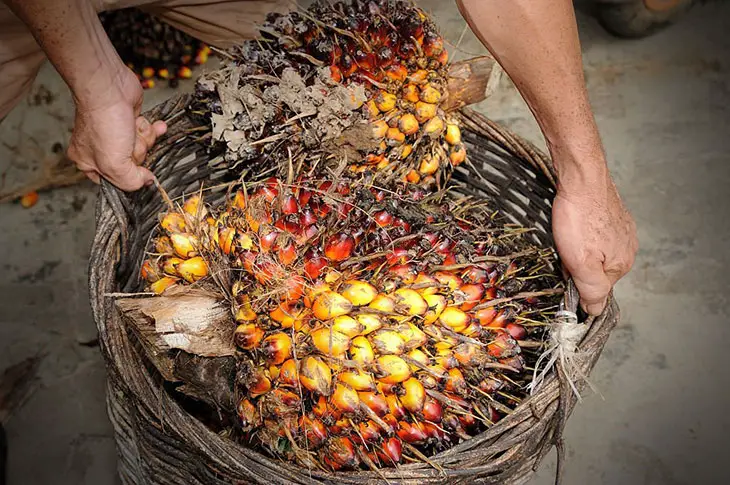
It is not an easy task given the palm tree seed identification. Suppose you are a fresh gardener and get stuck in solving this issue; you have landed on the right site.
I will unfold many helpful tips on identifying a palm tree seed, hoping to help you out. Keep scrolling down for further information!
What Is The Palm Tree Seed?
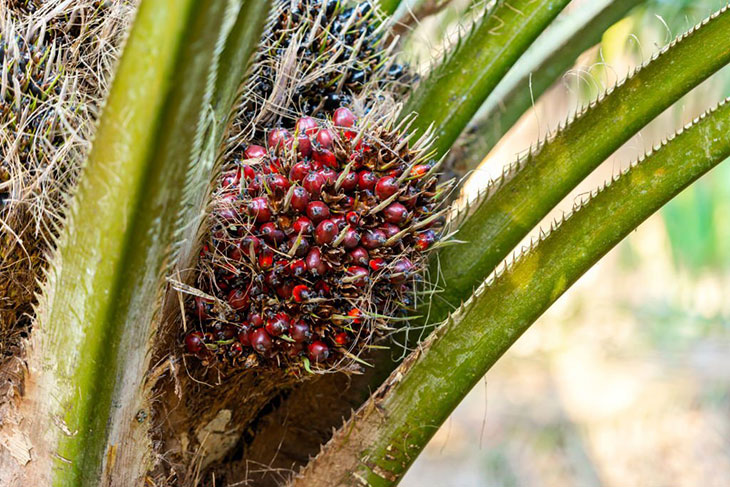
The palm tree, or the Arecacae, is a perennial flowering plant that lives in the monocot order Arecales.
The perfect conditions for their growth are restricted to subtropical and tropical climates (don’t mistake it as a tropical evergreen tree).
A typical palm tree has a tall and slender trunk with large leaves or fronds along its apex, but it might vary with species of palm tree.
That’s one of many palm tree identifiers, explaining why it is more susceptible to excess heat when exposed to a hot temperature.
Regarding the seeds, they greatly vary, depending on the palm species. You can come across small and bright red ones, while others are of big size in comparison to a bowling ball.
They also show great uses, ranging from landscaping features to in-house decorations.
Some are edible and used as an additive to boost the dish’s flavor. Yet, their germination process seems quite tricky that will be guided step-by-step.
But first, palm seed identification is necessary. There are numerous ways to tell the palm tree seed apart from others.
How To Undertake The Palm Tree Seed Identification?
Most palm seeds are found in some cold areas, like the Mediterranean, because their heat resistance is not very good.
In terms of their texture, they have a rough and thick layer, and their colors are brownish with shaded tones.
Looking closer, you could notice some specific markings on their appearance.
I have seen many types, like the seeds of coconut or star nut palms, and figured out that all have pores at the seeds’ bottom, by the way.
Yet, how to tell the difference between palm seeds? Here are some tips:
- The coconut palm seed is pretty deep with a reddish-purple color, and its size is similar to a plum.
- The sabal palm seed is of small size, and its outer layer is hard and round. The color is black with some rusty marks.
- The ivory palm seed is famous for its tan and smooth surface, along with an oval shape.
- The marina palm is about 2 inches long, and its shape makes people think of a spindle.
- The star nut palm seed is simple to recognize. Three distinct pores at the bottom, surrounded with light-colored striations, are such an impression.
- The Nypa palm seed stands out with linear and long markings when it becomes dry and shows some signs of cracking.
How To Grow A Palm Tree From Seed?

Below are straightforward instructions on growing all types of palm tree that you should pay close attention to.
The Step-By-Step Process
- Step 1: Collect a suitable seed. You must identify palm trees first by looking for information about the plant and purchase its seed in a reliable gardening store.
- Step 2: Prepare a potting mixture, including the peat moss, perlite, and sand (according to the ratio 50:10:10). It is advisable to add some horticultural charcoal to prevent the root from being rotted.
- Step 3: Plant the seed in a small pot, and pour the soil manually. Avoid burying your seed too deep because it may lack water and humidity to thrive.
- Step 4: Cover the pot with plastic or wrap it in a plastic bag to increase the moisture level. Don’t forget to poke holes in the bag’s top.
- Step 5: Check your plant frequently, and when the first sprout appears, you can take the plastic bag off. It’s time you place the pot outside in a partial shade, so the plant can contact more with sunlight. You can use a grow light as indirect sunlight to increase the growth rate.
- Step 6: Water the palm at least once a week, and the frequency depends on the soil quality and your seed type.
- Step 7: Apply fertilizer when your plants grow bigger and ensure they will never get dry and have enough sunlight.
Tips For Germinating A Palm Tree
Following are some tips for you to consider when caring for your beautiful palm tree:
- Opt for the seeds that are best suited to your area’s climate.
- Invest much time and effort into planting and caring for palm plants because they are quite fragile and have a shorter lifespan than others, such as succulents or cacti.
- If you have a large garden behind your house, you could replant the palm seedling because the soil seems richer in nutrients.
- Never forget to water it; increasing the frequencies is highly recommended since the sprouts have appeared.
- Don’t over-fertilize the palm tree, as the excess toxicity can result in its death.
- Shower it under a full glare of sunshine. If the sunlight seems too much, you must prepare an awning to create temporary shade.
Frequently Asked Questions
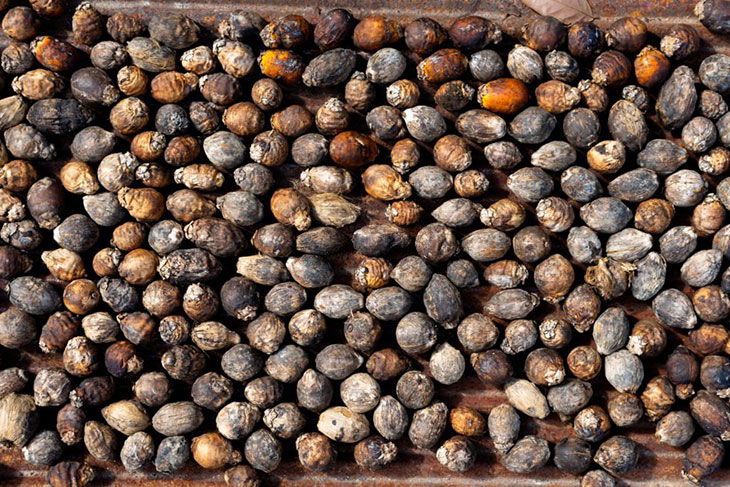
What Are The Most Popular Palm Types?
There are three most popular palm trees you should know:
- The Jubaea Chilensis is a Chilean wine palm. It can endure the cold temperature and bear edible fruits.
- The Livistona Chinensis belongs to the dwarf palm family, native to Southeast Asia. Its mature height could reach 7 feet, and its leaves are pinnate, consisting of numerous leaflets.
- The Howea Forsteriana is a paradisiacal palm with a slender smooth trunk and greenery leaves. The tree is mainly on Lord Howe Island, and its maximum height is really great, at around 8 feet tall.
What Colors Are Palm Tree Seeds?
Unlike the green color of the tree, the palm seeds’ colors have a marked variation from brown, dark purple to red.
The primary reason behind the color difference lies in the biological pigments of each seed coat.
The Bottom Line
There are many ways regarding palm tree seed identification, like by its size, surface, and texture. After that, you can grow the tree from seeds with my useful tips above.
Thank you for your genuine support, and have a nice day!
